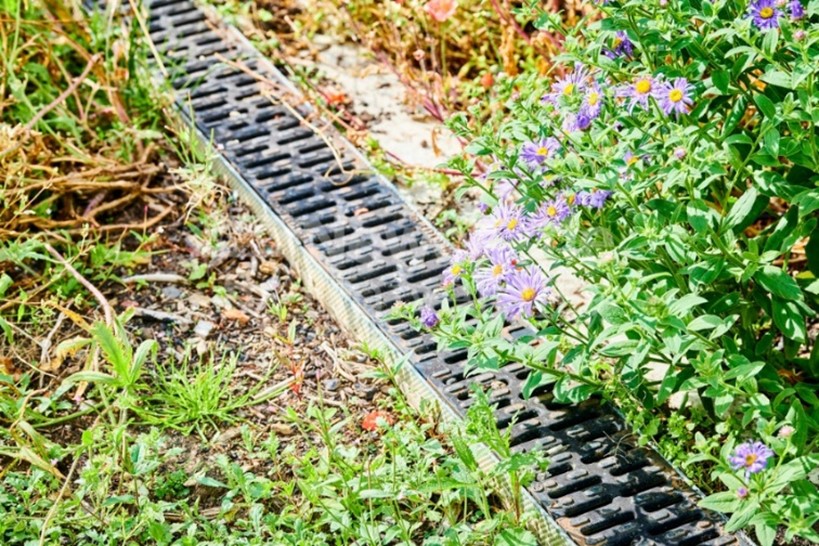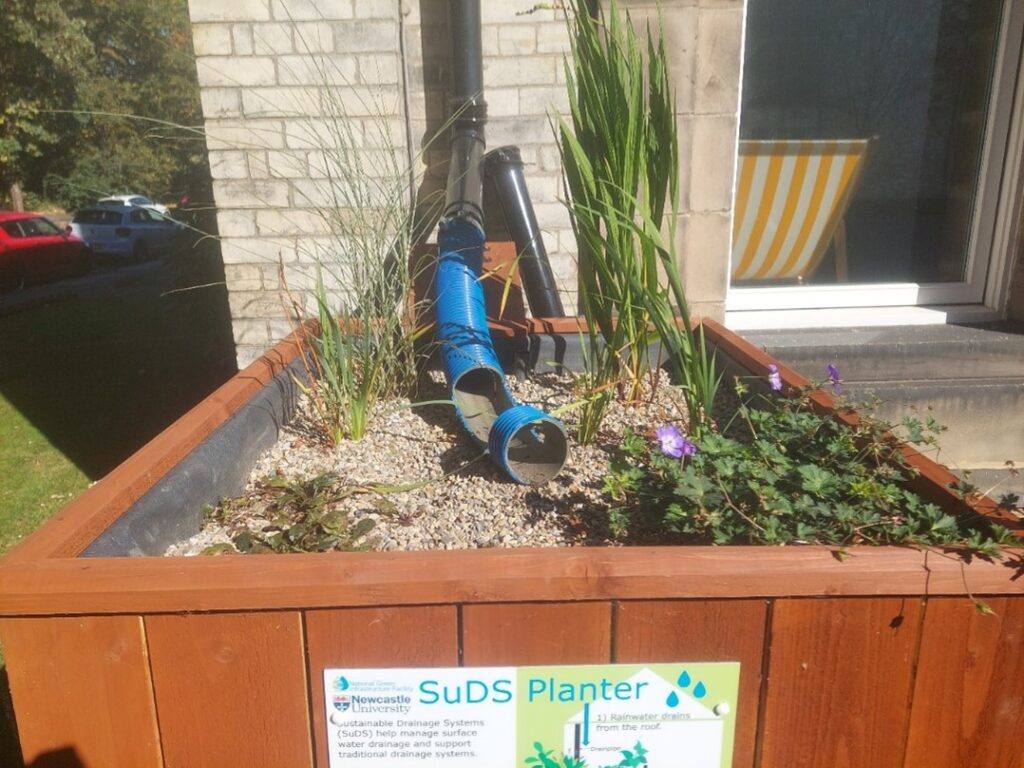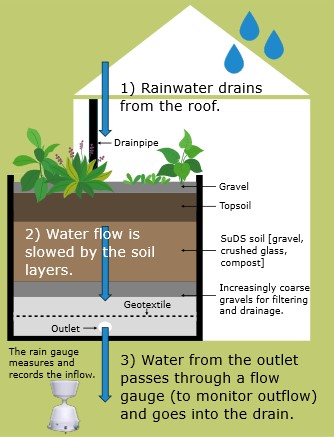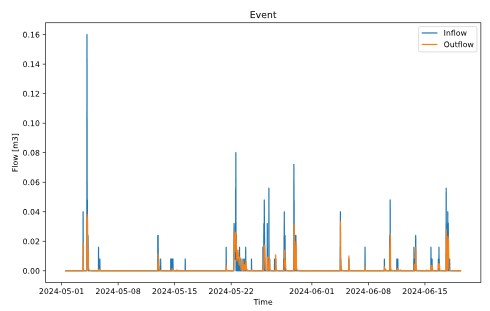Sustainable Drainage Systems (SuDS) are key to building sustainable cities and countering the influence of urbanisation. These eco-friendly solutions maintain habitats, support natural cycles, and protect human communities. Since 2023, it is now a legal requirement for all new major developments to include SuDS in their planning.
Newcastle University has great research infrastructure in this area, including the UKCRIC National Green Infrastructure Facility (“the living laboratory”) and the Newcastle Urban Observatory. This blog will explore how SuDS work and their importance, using a current student’s project as a steering guide. Enjoy!
What are SuDS and why are they important?
The main purpose of SuDS is to mimic the natural processes that urbanisation has impeded, i.e. the infiltration of water into the ground. Smaller projects use methods like installing green roofs or rain gardens while large-scale projects use basins and swales (flood ditches).
Check out this helpful video for an in-depth explanation of SuDS, linking their function to the University’s Green Infrastructure Facility:
So, what are the actual benefits of SuDS over traditional drain systems? SuDS are known to:
- Decrease risk from flooding
- Reduce flood damage costs
- Improve water quality
- Act as a carbon store
- Support biodiverse habitats and animals

Image: Snapshot of a hidden drainage grate among greenery and purple flowers. Demonstrates the contrast between manmade installations and natural stores. Credit: John Donoghue.
“Domestic SuDS Planter: Design, Construction and Evaluation”
During her study, Madeleine Tate found herself drawn to water and flood management, which inspired her MEng dissertation project. Madeleine chose to install and test a sustainable planter box at Kensington Terrace accommodation. The research aim was to combat the issue of increased storm water affecting the residential sector. Kensington Terrace proved to be a perfect location:
“Everyday I go into university I walk past and check on it. It’s quite easy to collect data from.”

Image: Close up photograph of the SuDS planter, showing the pipe diversion, the overlaying gravel, and the blooming plants. Credit: Madeleine Tate.
Madeleine’s planter collects rainwater from the roof and interrupts its flow by slowing it down. The water flow is filtered a variety of soil layers within the planter (see image below for a layer breakdown). After the water has moved through the layers, it passes through a geotextile, finally exiting the planter via an outlet. This outlet deposits water back into the drain system. Thus, the mechanism slows down the journey from roof to drain, giving the traditional system more time to cope. Crucially, this reduces flood and Combined Sewer Overflow risk.
Interestingly, the planter itself was made from a reused intermediate bulk container, which was cut down and repainted. How innovative!

Image: Diagram showing how the planter in Kensington Terrace works. Shows soil layers and step-by-step route of rainwater through the system. Credit: Madeleine Tate.
Project Success
Madeleine’s planter is still in the process of collecting data but has so far proven to be a success! Here we can see a graph comparing inflow levels to outflow levels for rainfall events in May and June 2024. The orange outflow dataset is consistently lower than the blue inflow dataset, by up to 75%. This mirrors the slow pace of the flow travelling through the soil layers.

Image: A graph tracking water inflow and outflow in the planter for events from May 1st – June 19th. Credit: Madeleine Tate.
The Future of Planters and SuDS
Due to its success, the planter installation will remain at Kensington Terrace and will continue to produce meaningful data. Madeleine is now in the process of starting her PhD, looking at how these planters can be scaled up. She is collaborating with Newcastle City Council to project datasets, visualising a city where these planters are installed in all houses and drainpipes. In what Madeleine deems the “snowballing effect,” this initial planter innovation will open the door for more similar schemes:
“The future should bring more research; more use and more awareness”
As the threat of climate change becomes more imminent, SuDS and modelling wide-scale integration will prove to be an important tool for risk prevention. If no action is taken, water systems are bound to collapse due to heavier rainfall.
I would like to thank Madeleine Tate for her extensive help and her informative graphics. She ensured that my first post on the sustainability blog was both inspiring and educational! For more information about the UKCRIC National Green Infrastructure Facility, click here. If you are interested in learning what Sustainable Campus are doing for water management, click here.
Thank you for reading!
